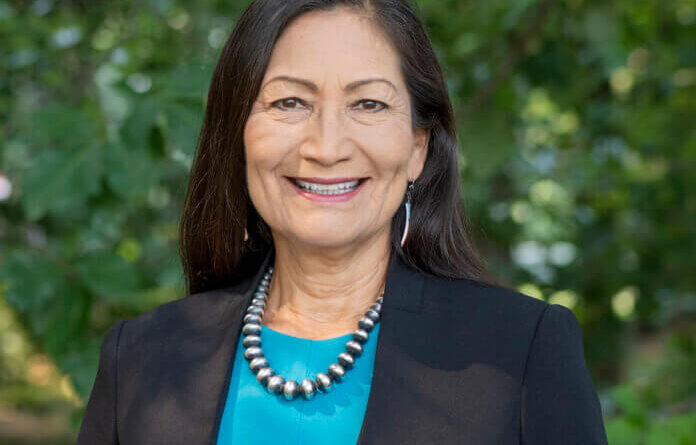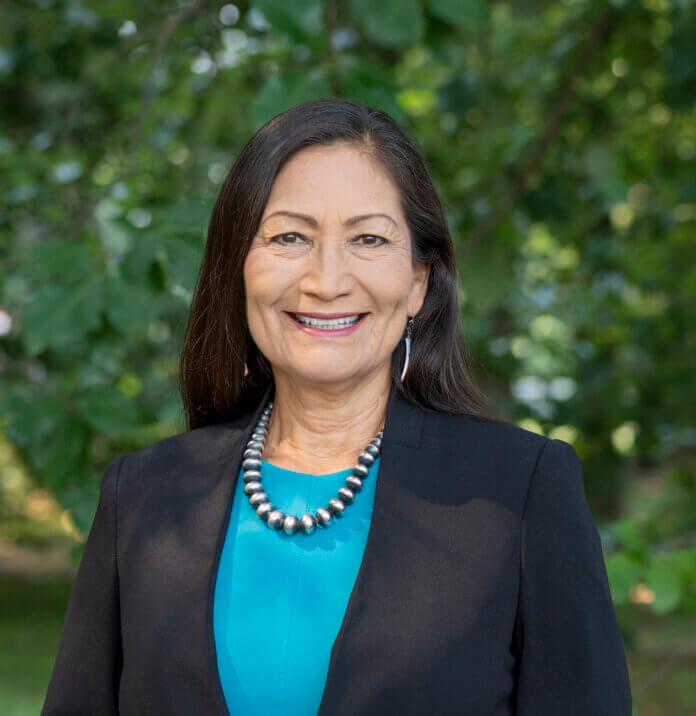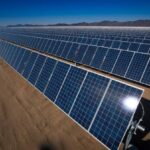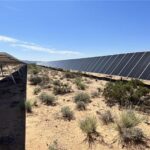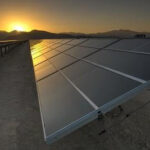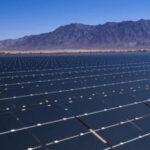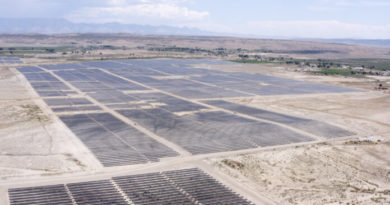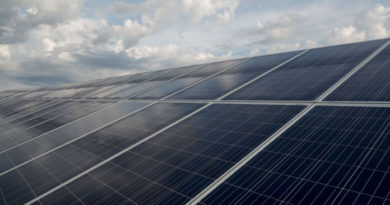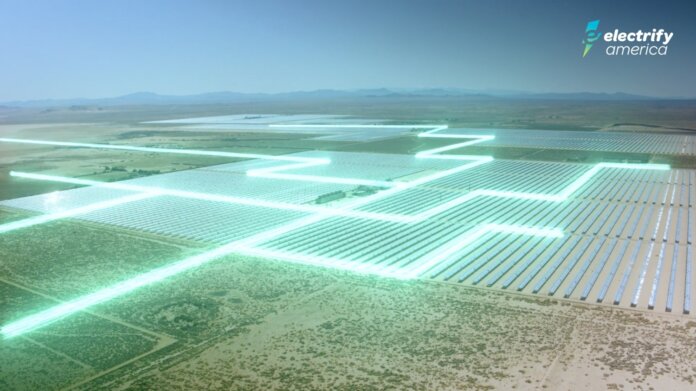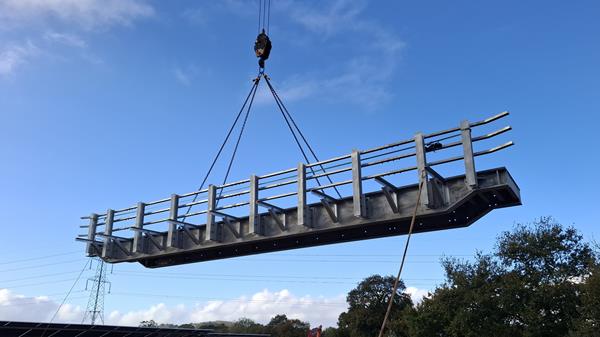Government Unveils New Solar Energy Development Efforts on Public Lands
Secretary of the Interior Deb Haaland and Principal Deputy Assistant Secretary for Land and Minerals Management Laura Daniel-Davis are supporting solar energy development with new efforts on public lands across the West. The Bureau of Land Management (BLM) will develop an updated plan to guide responsible solar energy development on public lands through an updated Solar Programmatic Environmental Impact Statement (PEIS), which will help accelerate and continue momentum for the clean energy economy. The BLM is also initiating reviews of three proposed solar projects in Arizona that could add 1 GW of clean energy to the grid.
“This administration is committed to expanding clean energy development to address climate change, enhance America’s energy security and provide for good-paying union jobs,” states Secretary Haaland. “Our review of these proposed projects in Arizona, and a new analysis of the role public lands can play in furthering solar energy production, will help ensure we keep the momentum going to build a clean energy future, lower costs for families and create robust conservation outcomes on the nation’s lands and waters.”
“We take seriously our responsibility to manage the nation’s public lands responsibly and with an eye toward the increasing impacts of the climate crisis. The power and potential of the clean energy future is an undeniable and critical part of that work,” adds Principal Deputy Assistant Secretary Daniel-Davis. “The Bureau of Land Management is working diligently to ensure that its processes and pace maintain the momentum we are seeing from industry.”
In 2012, the BLM and the Department of Energy issued a Final Programmatic Environmental Impact Statement for Solar Energy Development in six southwestern states: Arizona, California, Colorado, Nevada, New Mexico and Utah. The 2012 Solar PEIS identified areas with high solar potential and low resource conflicts in order to guide responsible solar development and provide certainty to developers. A decade later, in light of improved technology, new transmission and ambitious clean energy goals, the BLM is updating the 2012 Solar PEIS. As part of this update, the BLM is considering adding more states, adjusting exclusion criteria and seeking to identify new or expanded areas to prioritize solar deployment.
A notice to update the BLM’s 2012 Solar Programmatic EIS will be published in the Federal Register. This will begin a 60-day public comment period, with interested stakeholders invited to submit written feedback or participate in one of many upcoming in-person and virtual public scoping meetings. Following the public scoping period, the BLM will develop a draft programmatic environmental impact statement for public review and comment.
Secretary Haaland also celebrated initial reviews for new, major solar projects proposed on public lands in Arizona. First, the scoping meetings will soon be announced for environmental analysis of the proposed Jove solar project, which would produce up to 600 MW of utility-scale renewable energy from solar photovoltaic modules on 3,495 acres of public land located in southeastern La Paz County. Second, there will be a two-year segregation of more than 4,400 acres of public land associated with two proposed utility-scale solar energy projects. The segregation action supports review of the proposed 250 MW Pinyon Solar project in Maricopa County, and the proposed 300 MW Elisabeth Solar project in Yuma County.
BLM is also issuing updated guidance to improve consistency in processing rights-of-way for utility-scale solar projects under the variance process established by BLM’s 2012 Western Solar Plan, which is used for solar projects outside of Solar Energy Zones.
Across the West, the BLM is currently processing 65 utility-scale onshore clean energy projects proposed on public lands. This includes solar, wind and geothermal projects, as well as interconnect gen-tie lines that are vital to clean energy projects proposed on non-federal land. These projects have the combined potential to add over 31,000 MW of renewable energy to the western electric grid. The BLM is also undertaking the preliminary review of more than 100 applications for solar and wind development, as well as nearly 50 applications for wind and solar energy testing.
Original Source: https://solarindustrymag.com/government-unveils-new-solar-energy-development-efforts-on-public-lands

